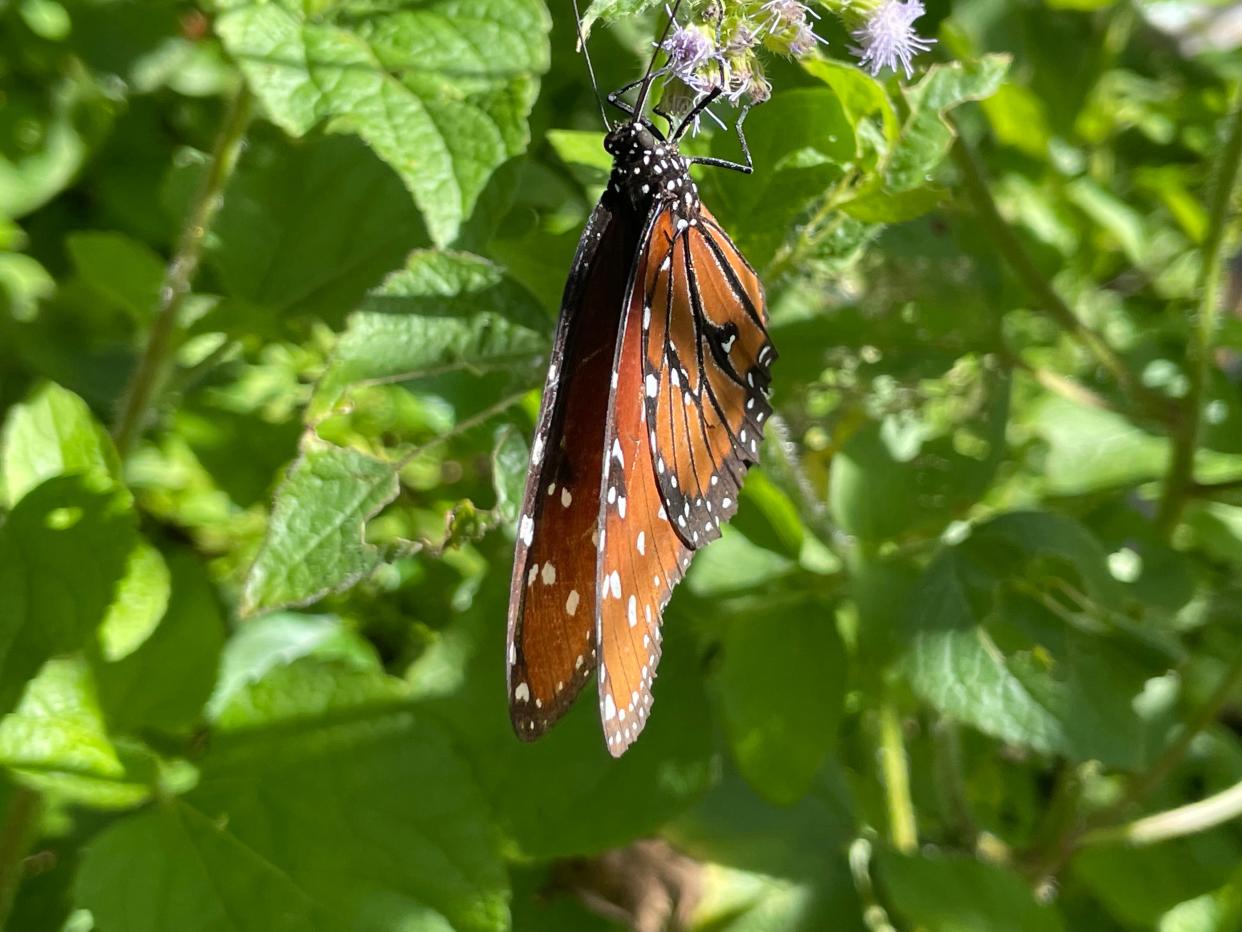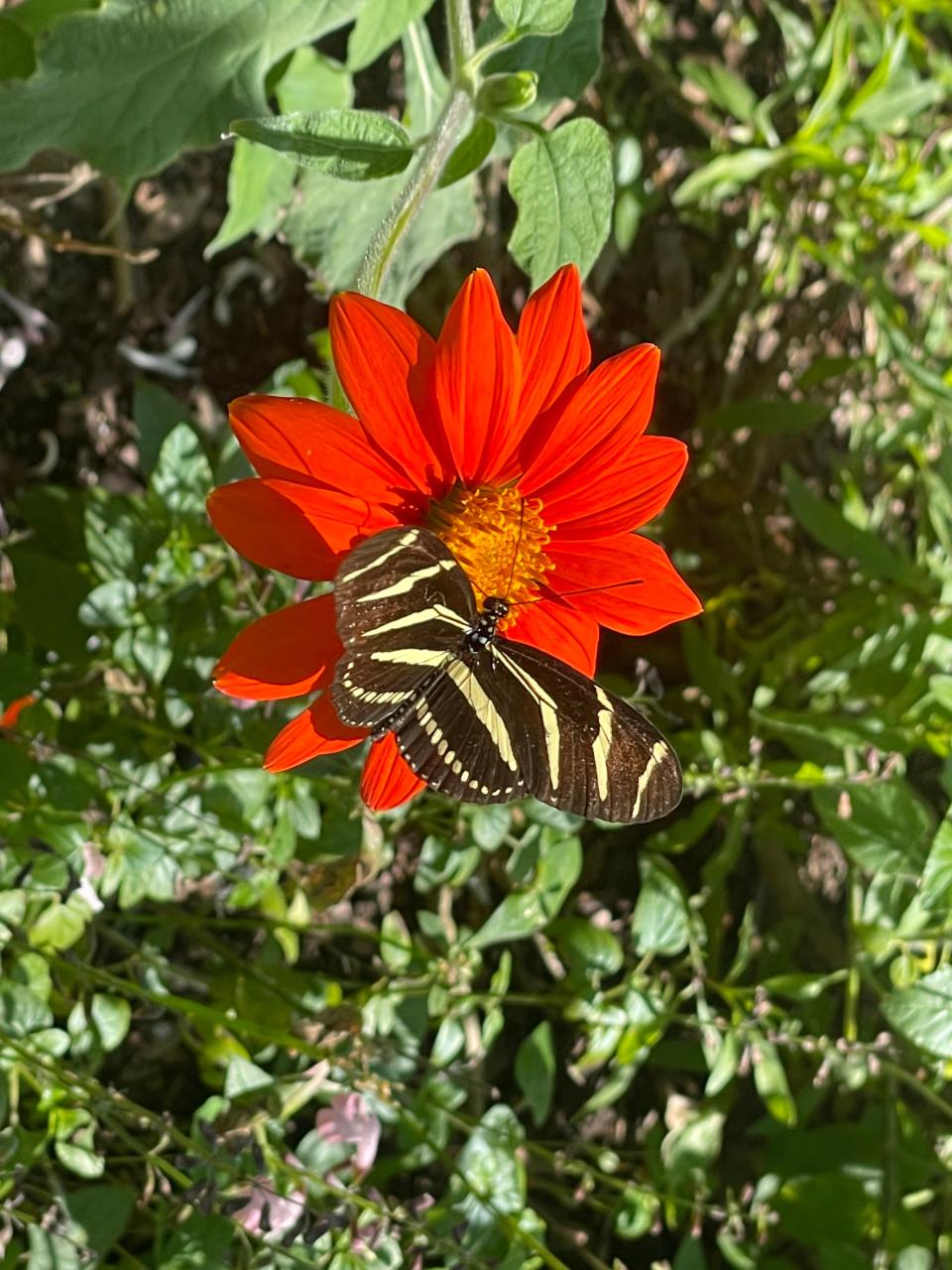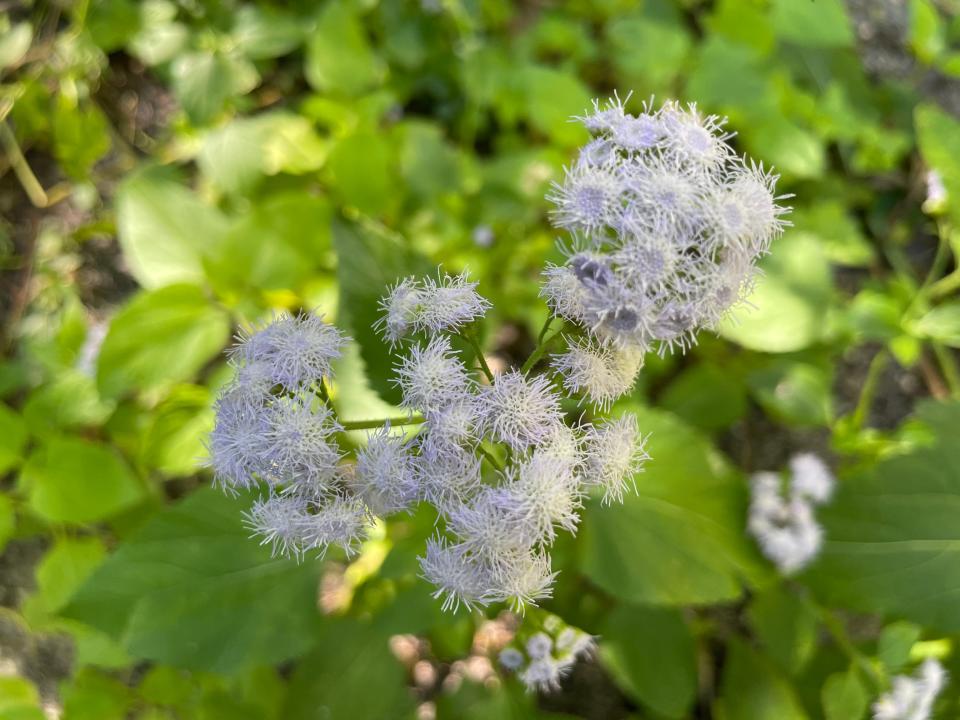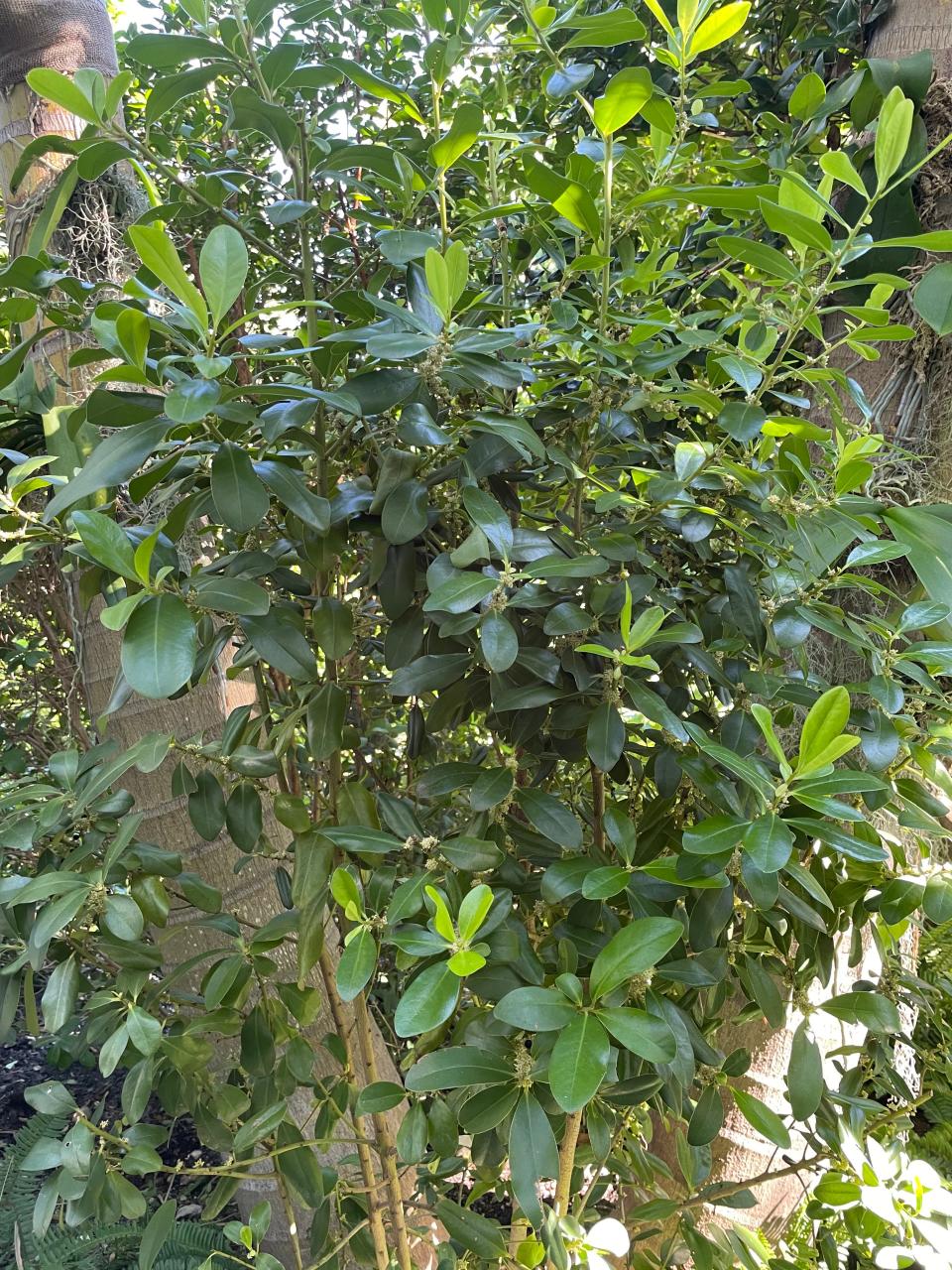Mounts butterfly garden was festival of Florida native plants

Last weekend, I took my daughter and her two boys to Mounts Botanical Garden to see their wonderful butterfly garden. We were not disappointed.
There were deep blue atalas, reddish orange gulf fritillaries, marvelous black-and-white striped zebra heliconians, lovely white cassius blues, white dotted orange queens, yellow cloudless sulphurs, a variety of hairstreaks and skippers, and of course, lots of beautiful monarchs. Not only were there tons of butterflies, so many flowers were in bloom that the butterflies were continually landing right in front of us to sip nectar, giving us lots of photo ops and eliciting endless squeals of excitement from the boys.

Like Pan’s Garden, the Mounts is a glorious oasis in the middle of an urban jungle. It provides nourishment and habitat for countless species of birds and wildlife, and joy for visitors of every age.
Exotic and native plants are all featured here, with enough natives to support the numerous pollinators that rely on them, and many can be found in the butterfly garden. Tropical red sage (Salvia coccinea) is a butterfly magnet and it adds a bright spot to any landscape. The white and pink varieties are equally beautiful and together they provide lasting color throughout the year. Blue ageratum, or mistflower (Conoclinium coelestinum), is another great nectar plant for butterflies. Its soft, puffy heads of lavender-blue flowers are always a delight.

Salvia and ageratum self-seed, so once you have them planted, you can expect to find volunteers popping up all over, adding brilliant color to any vacant spots. If you don’t like where they’ve chosen to grow, they’re easy to transplant, or give them to a friend or neighbor.

Leavenworth's tickseed (Coreopsis leavenworthii) is another great native perennial that will bring countless butterflies to your garden. This member of the aster family sports bright yellow daisy-like flowers that add cheer to any landscape; cut back the spent blooms and this keeps flowering for months.
Coreopsis is Florida’s state wildflower and there are 11 native species from which to choose. C. leavenworthii is the most common in our area and is easily found in the nursery trade. The tiny disk flowers in the center of the petals are especially popular with small hairstreak butterflies. If you want to try another color, Coreopsis nudata, or swamp tickseed, has pink flowers.

Bright flowers attract butterflies and pollinators for their nectar, but you still need the host plant on which the butterfly can lay her eggs. Each species of butterfly has a specific host plant, without which it cannot survive. Monarchs’ host is milkweed, the atala’s host is the cycad coontie (Zania integrifolia). If you want to raise zebra heliconians, you must plant maypop or corky stemmed passionflower. These vines are easy to grow up the sides of palms or other trees, or on a trellis.
Maypop (Passiflora incarnata) has an extravagantly showy purple flower with an enticing fragrance. It is the larval host to Gulf fritillaries, Julias and variegated fritillary butterflies. Corkystem passionflower (Passiflora suberosa) has a less showy flower but is easier to find commercially. It is also host to the zebra heliconian and the same butterflies hosted by its cousin maypop. Both these vines are easy to grow and will provide you with an endless assortment of butterflies.
Shady plants
I am frequently asked what to plant in shady areas where there isn’t too much space. Instead of podocarpus or green island ficus, perfect native plants for this situation are wild coffee (Psychotria nervosa), Simpson's stopper (Myrcianthes fragrans) or myrsine (Myrsine cubana). Most of you are familiar with wild coffee and Simpson's stopper, so let me focus on myrsine, whose greatest attribute, aside from its beautiful foliage and lovely habit, is its versatility.

It tolerates sun or shade, dry or moist soil, salty coastlands or inland habitats. Naturally columnar, it is great in narrow spaces and can be used as a natural screen (growing 15-20 feet) or as a specimen. Its small, blue-black berries grow right along the branches and will bring numerous birds to your garden, including jays, woodpeckers, cardinals, and thrashers.
Where are the birds?
Speaking of birds, where are they? Biking down the Lake Trail, I rarely hear or see any birds, but I do smell the distinct odor of imidicloprid being sprayed or injected onto the ficus hedges. Every single day we poison our landscapes with toxic chemicals that pollute our soil and air and leach into our water. How many hundreds of thousands of gallons of imidacloprid, a known carcinogenic insecticide, must be sprayed on our landscapes before we finally recognize the damage to our health and that of our children, our pets, our neighbors, and our community?
Without insects, there are no birds, and we have seen a definite reduction in the number of songbirds on our island. The overall bird population in North America has dropped by 29% since 1970, with a loss of more than 3 billion birds. Pesticide use is considered a significant factor in this decline.
The Audubon Society recently published several new studies on the influence of birds on our wellbeing, adding to existing evidence that proximity to nature and bird life in particular improves health, happiness and quality of life. We may think we’re happy here in paradise, but a little more birdsong would certainly add an element of joy.
We can all do small things at home that will considerably improve our lives and our environment. Planting biodiverse native gardens or simply adding native plants to existing landscapes will provide habitat and nourishment for pollinators, birds, and wildlife. Then we can give these species a chance to survive by eliminating toxic pesticides and herbicides from our lawns and hedges. Let’s welcome Mother Nature back into our lives as an ally, rather than an enemy. She’s going to win regardless.
And getting back to Mounts Botanical Garden – its Evenings of Light run from through Dec. 23, when the gardens are illuminated with thousands of lights. Don’t miss this fabulous show!
This article originally appeared on Palm Beach Daily News: Mounts Botanical Garden features Florida natives

